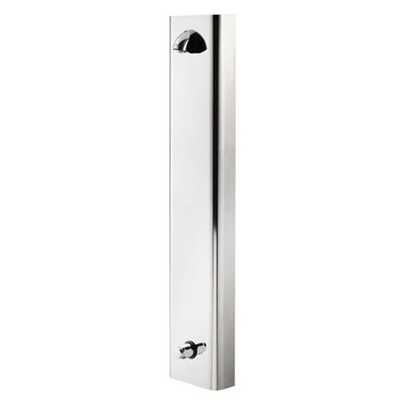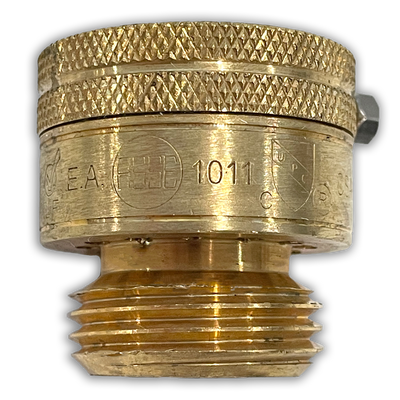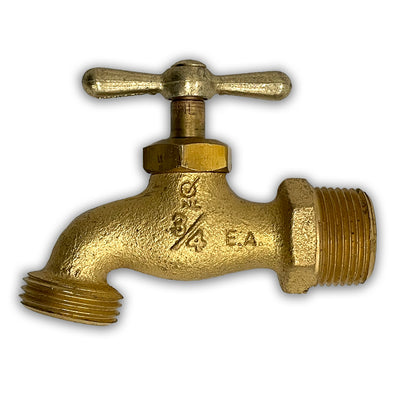ASSE 1011 and ASSE 1052
Water safety is a paramount concern in plumbing and sanitation, and to address this, standards and regulations are in place to ensure the reliability of plumbing devices. Two critical standards, ASSE 1011 and ASSE 1052, play pivotal roles in safeguarding our water supply by preventing backflow. In this blog post, we will explore these standards, their purposes, and their key differences.
ASSE 1011: Hose Connection Vacuum Breaker (HCVB)
Defining ASSE 1011
ASSE 1011 is a specific standard developed by the American Society of Sanitary Engineering (ASSE) for hose connection vacuum breakers (HCVBs). These devices are commonly used to safeguard potable water supplies from potential contamination when hoses are attached to outdoor faucets or fixtures. Key Aspects of ASSE 1011 include:
1. Backflow Prevention: ASSE 1011 outlines the design, construction, and performance requirements for HCVBs, all with the primary aim of preventing backflow. Backflow occurs when water pressure drops, potentially allowing non-potable water or contaminants to flow back into the clean water supply.
2. Design and Construction: The standard provides specific guidelines for the materials, size, dimensions, and overall design of HCVBs to ensure their effectiveness.
3. Performance Testing: ASSE 1011 sets forth rigorous testing procedures that HCVBs must undergo to assess their flow rate, pressure loss, and their ability to prevent backflow.
4. Durability: Durability is a crucial factor. ASSE 1011 mandates that HCVBs should withstand environmental conditions and maintain their functionality over time.
5. Marking and Identification: Properly marked HCVBs must include information such as the manufacturer's name, ASSE certification number, and specifications to help users identify and maintain these devices correctly.
ASSE 1052: Reduced Pressure Principle Backflow Preventer (RPBP)
Defining ASSE 1052
ASSE 1052 is another important standard established by the American Society of Sanitary Engineering (ASSE), but it addresses a different type of backflow prevention device – the Reduced Pressure Principle Backflow Preventer (RPBP). RPBP devices are employed to provide high-level protection against backflow in more complex plumbing systems. Key Aspects of ASSE 1052 include:
1. Backflow Prevention: ASSE 1052 focuses on RPBP devices, which offer a higher level of protection compared to HCVBs. These devices are used in situations where the risk of backflow is more significant.
2. Design and Construction: The standard lays out specific requirements for the design, materials, and construction of RPBPs, ensuring their reliability and effectiveness.
3. Performance Testing: ASSE 1052 also includes rigorous testing procedures to evaluate the performance of RPBPs under various conditions, verifying their ability to prevent backflow reliably.
4. Durability: Like ASSE 1011, ASSE 1052 emphasizes the durability of RPBPs, considering their use in critical backflow prevention scenarios.
5. Marking and Identification: Proper marking and identification of RPBPs help ensure that these devices are correctly installed and maintained.
Key Differences and Conclusion
While both ASSE 1011 and ASSE 1052 standards share the goal of preventing backflow and safeguarding our water supply, they differ in terms of the types of devices they address and the level of protection they provide. ASSE 1011 focuses on hose connection vacuum breakers (HCVBs), which are commonly used for outdoor faucets, while ASSE 1052 addresses Reduced Pressure Principle Backflow Preventers (RPBPs) designed for more complex plumbing systems.
In conclusion, ASSE 1011 and ASSE 1052 are essential standards in the plumbing industry, working together to ensure the safety and integrity of our water supply. Whether it's protecting outdoor water sources or complex plumbing systems, these standards play a critical role in maintaining water safety and quality for all of us.




